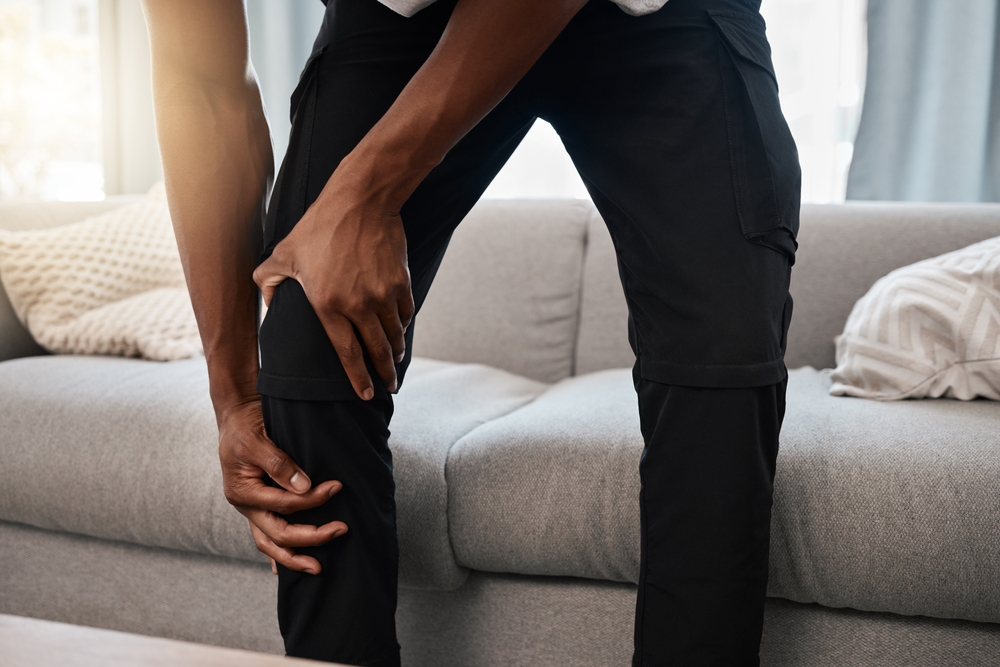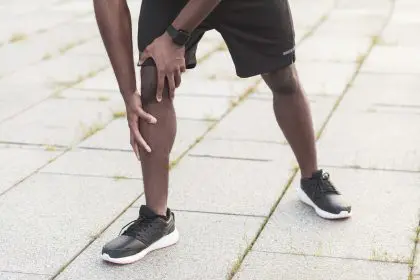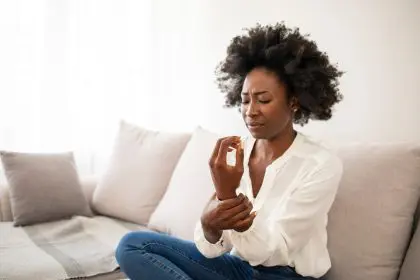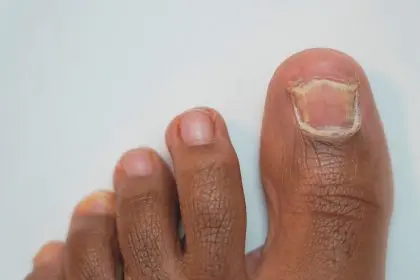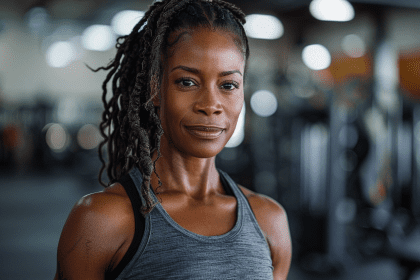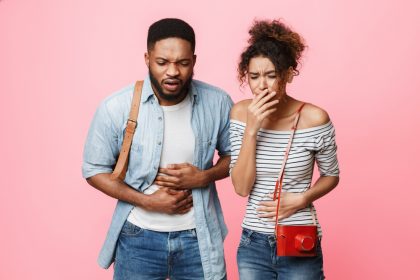Bruising can feel like an unsolved mystery. One person lightly bumps into a table and ends up with a large purple mark, while another might take a hard fall and barely show a sign. This visible difference in how bodies react to impact can spark worry, confusion or even embarrassment for some.
The way we bruise is shaped by a complex blend of biology, lifestyle and health conditions. Understanding why bruising happens, and why some experience it more often, can provide peace of mind and a clearer picture of what the body is trying to tell us.
How bruises form
Bruises develop when small blood vessels under the skin — known as capillaries — break due to an impact or pressure. The leaked blood collects beneath the surface, creating discoloration that can range from blue and purple to yellow and green as the body metabolizes the trapped blood.
While this process is common, how noticeable or severe the bruise becomes depends on multiple internal and external factors.
The role of genetics and skin tone
Some people inherit skin that bruises more easily. If one or both parents tend to bruise with minimal impact, their children likely will too. Skin tone also plays a role — people with fair skin often notice bruises more quickly simply because the contrast of broken blood vessels is more visible.
Thin or aging skin, which has less fat and collagen to cushion the blood vessels, is also more prone to bruising.
Aging and skin fragility
As people age, their skin becomes more fragile. The layer of protective fat under the skin thins, making blood vessels more vulnerable to breaking. Adults over 65 often find themselves bruising more frequently and more dramatically.
Collagen — the protein that helps maintain skin structure — also decreases with age. With less collagen, the skin loses elasticity and resilience, allowing even gentle bumps to result in bruising.
Vitamin deficiencies and bruising
Not getting enough of certain vitamins can make the body more susceptible to bruises:
- Vitamin C is essential for collagen production and capillary health
- Vitamin K plays a key role in blood clotting
- Iron deficiency can affect overall blood health
In many cases, people don’t realize they’re low on these vitamins until they notice unexplained bruises.
Medication effects
Several commonly used medications thin the blood or affect the way it clots, making bruising more likely and often more intense:
- Blood thinners such as aspirin, warfarin or clopidogrel
- Corticosteroids used for inflammatory conditions
- Over-the-counter supplements like fish oil or ginkgo biloba
Hormonal influences
Hormonal shifts can have a significant impact on skin sensitivity. Women going through pregnancy, menopause or even regular menstrual cycles might experience easier bruising due to fluctuations in estrogen levels. Estrogen plays a role in maintaining blood vessel strength and skin elasticity.
Birth control pills, which also influence hormone levels, may cause similar effects.
When bruising signals health concerns
Sometimes, frequent or unexplained bruising can point to underlying health issues. Conditions that affect blood clotting, like hemophilia or Von Willebrand disease, may lead to excessive bruising even with minor trauma. Liver disease, which interferes with clotting factor production, is another possible cause.
Leukemia can also manifest through easy bruising, often accompanied by fatigue and frequent infections.
If bruising seems excessive, appears without cause, or comes with other unusual symptoms, medical evaluation is important.
Lifestyle factors
Daily habits influence how the body responds to injury:
- Alcohol affects liver function and nutrient absorption
- Smoking slows circulation and damages collagen
- Poor diet lacking essential nutrients weakens blood vessels
Exercise-related bruising
Even healthy habits like exercise can lead to unexpected bruising. Intense workouts, especially strength training or contact sports, can cause minor injuries to muscles and blood vessels.
This kind of bruising is often harmless and temporary, but frequent or unusually painful bruises may warrant adjustments in training routines or further investigation.
Reducing bruising and supporting skin health
While bruises can’t always be avoided, there are ways to minimize their frequency and intensity:
- Protect vulnerable areas with padding during sports
- Eat a nutrient-rich diet with leafy greens, citrus fruits and lean proteins
- Stay hydrated for more resilient skin
- Exercise moderately to improve circulation
- Apply cold compresses at the first sign of a bruise
When to seek medical advice
Most bruises heal on their own, but certain warning signs should not be ignored:
- Bruises that appear for no known reason
- Large, painful or swollen bruises
- Bruising alongside frequent nosebleeds or bleeding gums
- Slow-healing wounds or persistent fatigue
Medical professionals can run tests to rule out blood disorders, vitamin deficiencies or internal issues. Early detection can prevent complications.
Understanding your body’s signals
Bruising may not always indicate something serious, but it is the body’s way of communicating. Whether highlighting a lack of nutrients, pointing out medication side effects or signaling a deeper health issue, bruises deserve attention.
Being in tune with these signs helps individuals take better care of their bodies and speak with more confidence during medical visits.
For some, frequent bruising causes social discomfort. They may feel self-conscious or worry about others’ perceptions. But it’s important to remember that the skin’s response doesn’t define overall health — it simply offers insight into what’s happening beneath the surface.
From genetics to lifestyle, from aging to hormone shifts, there are countless reasons why one person’s skin shows every bump and another seems untouched. Understanding those reasons allows for compassion, self-awareness and smarter health choices.
Bruising easily isn’t always a red flag, but it shouldn’t be dismissed either. It’s a reminder that everyone’s body is unique and that visible signs can reflect invisible factors. Learning the reasons behind this common skin reaction can empower people to make changes, seek medical advice when needed, and take better care of themselves in the process.

